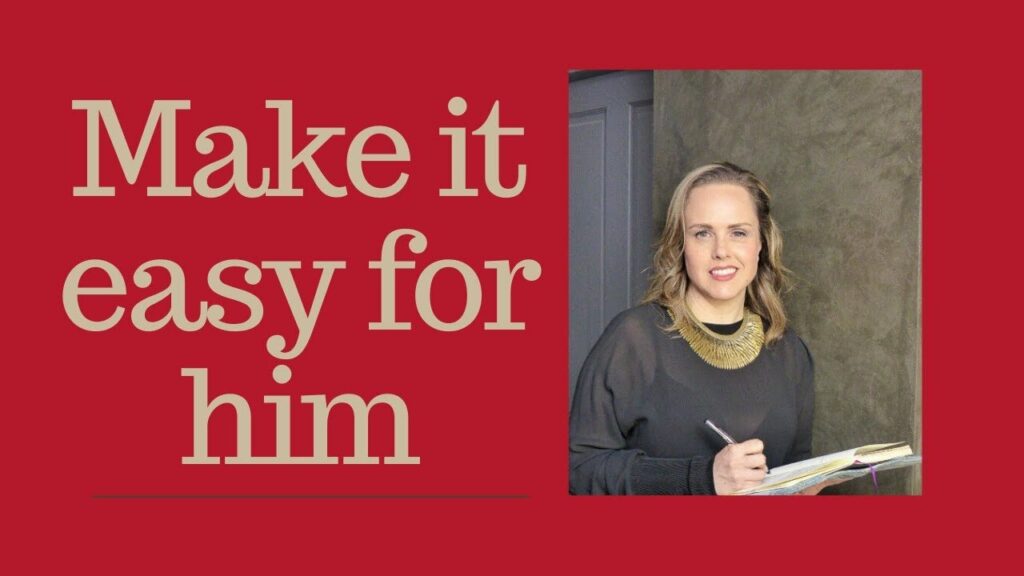Micro-aggressions can be hard to describe after the incident, but you know the feeling when you experience them. They are the tiny cuts that drain you of energy over time. They happen all around us and are vital for modern leaders to recognise. As a leader, it’s all the more important to ensure you are not unintentionally ‘leaking’ any of your own.
Micro-aggressions create self-doubt. This is the ‘Am I taking that too personally?’ and the witnessing of another’s privilege when you have less. It’s not a feeling you need anyone in a high-performing team to be grappling with. iThe balance between an emotional and an objective reaction is a fine line. This is particularly true for the audiences of successful women and non-status quo professionals with whom I am lucky enough to work.
Micro-aggressions are subtle. However, cumulatively they can make someone feel unwelcome and unsure of their place within the workplace and even her industry. It is the rolling of the eyes or interruptions when they speak. It’s sometimes the ‘forgetting’ to share information with all players or only ‘hearing’ the suggestion when it’s made by a ‘status quo’ colleague. It’s a topic I cover in several of the talks I give to audiences because microaggressions are so routinely felt by my clients.
When micro-aggressions aren’t so “micro”
I was reminded of the impact of micro-aggressions when talking with Amandla, a coaching client in the legal profession about her daily experiences.
Amandla looked to the sky and said: ‘I’d like to tell you about one big example that would prove my point, but I can’t. It’s not that it doesn’t happen. It’s just that the slights are often so subtle. Instead, I end up questioning myself more than the person who made the ‘mistake’ by forgetting me off the meeting invitation or who continues to mispronounce my name.
Amandla continued: ‘My boss, our team lead, once asked if he could just call me Amanda, as it would be easier for him. It indeed sounds somewhat similar after all was his rationale. But me changing my name for his convenience shouldn’t be my issue. It’s actually even more racist than a ‘simple microaggression’ as we call them. I gave him a questioning and dubious look, hoping he’d take the hint. However, because I didn’t say no explicitly, he’s now gone ahead. Now I”m just ‘Amanda’ or even worse, ‘Mandy’ to everyone I’m ‘lucky’ enough for him to have introduced me to.’
Cumulative effect of micro-aggressions
If questioned, microaggressions are explained as a simple mistake. They are excused as a one-time event. However, the deeper trouble with microaggressions is that they are often repeated.
Over time, this can eventually send a message that certain members of a team are more valued than others. Those who most often suffer micro-inequalities are what I call ‘non-status quo people’. This is something I cover in The Con Job. The frequency of these micro-aggressions understandably heightens their sensitivity to these slights.
Micro-aggressions make them more likely to question their own decisions or leadership potential when they feel they aren’t heard or recognised. The problem then becomes cyclical. This heightened awareness means that non-status quo people can overreact to even genuine mistakes. This only reinforces the idea to the status quo that under-represented people are sensitive. They argue non-status quo people ‘take things too personally and aren’t objective. If this is an argument you’ve heard in your workplace, it may be time to look closer at the culture.
As a status-quo leader, ask yourself:
- What more did this person have to go through than I did to get here?
- What benefits did I have, that I may have even forgotten about, that may have helped me get here?
- If I was in a minority position (in this meeting, in this conversation, in this organisation) how would I hear what I’m about to say?
If this hit the right note, check out ‘How to handle workplace bullying in the moment‘ and the potential costs of poor behaviour on ‘Reducing conduct risk with culture change‘.





